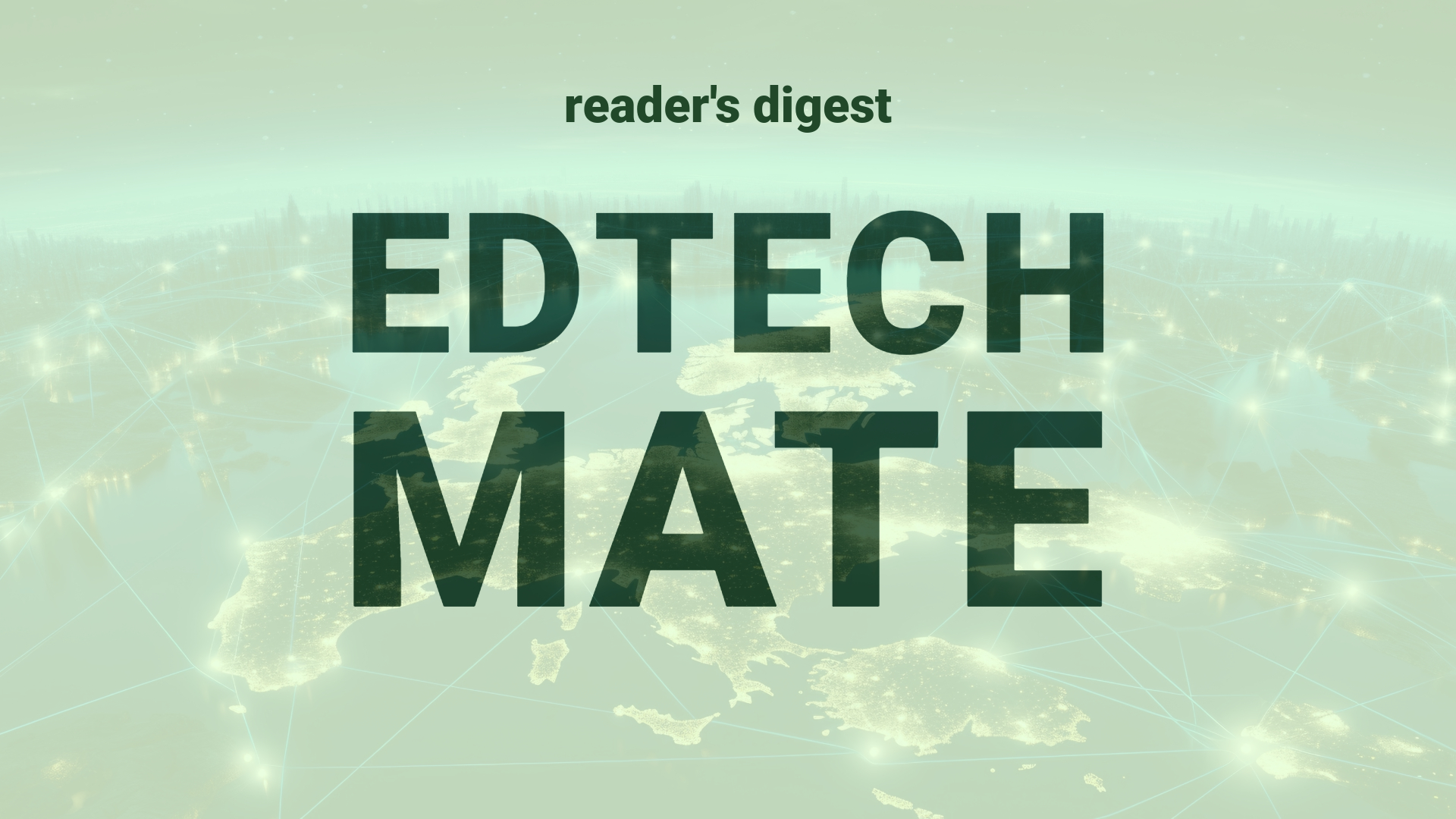Executive Summary and Main Points
The integration of advanced technology in workplace settings due to the rise of hybrid work in India reflects key trends applicable to global higher education and further education sectors. Significant findings from NTT DATA’s 2023 Global Employee Experience Trends Report underscore that nearly 60% of employees worldwide are working remotely at least part of the time, indicating a marked shift towards hybrid work environments. This transition is premised on several main trends: the rise in video-enabled meeting spaces, AI integration in collaboration platforms, evolving workplace infrastructure, workplace analytics, cloud-based communication tools, and secure work practices. These advancements emphasize the importance of accessible technology to facilitate optimal remote and in-office work performance.
Potential Impact in the Education Sector
The mentioned technological innovations have transformative potential for Further Education, Higher Education, and Micro-credentialing sectors. The normalization of hybrid learning models can benefit from video-enabled spaces and AI-infused collaboration platforms, allowing for more interactive, efficient, and linguistically diverse educational experiences. The evolving infrastructure, such as hotdesking and cloud-based communication tools, opens possibilities for cost-effective and flexible educational environments. Real-time analytics can enhance campus space utilization and improve student services. Secure work practice protocols ensure the protection of sensitive educational and research data across various learning settings. Strategic partnerships between educational institutions and tech companies can enable knowledge transfer and the development of tailored digital solutions for the educational environment.
Potential Applicability in the Education Sector
Innovative applications of these technologies can revolutionize education systems globally. Digital tools that support video collaboration and AI can be integrated into learning management systems to enhance distance learning and on-campus experiences. AI-driven features such as automated note generation and meeting summarization can aid in comprehensive learning and provide support for students who have missed lectures. Digital infrastructure innovations can be translated into blended learning spaces that optimize campus resources and foster collaborative learning environments. Cloud computing advancements enable the development of a more scalable and accessible educational technology ecosystem, while ensuring data security enhances confidence in digital learning modalities.
Criticism and Potential Shortfalls
Despite the optimism, several criticisms and potential shortcomings exist. There’s the risk of digital divide, where uneven access to technology can exacerbate inequalities. Cultural and linguistic diversities demand sensitive AI programming to avoid biases and miscommunication in global classrooms. Ethical concerns around data security and privacy are paramount given the sensitive nature of educational records. Comparative international case studies reveal varied success in integrating such technologies, with some educational systems struggling with adoption due to lack of expertise, infrastructure, or investment. There are also environmental implications related to the constant upgrade cycle of technological devices.
Actionable Recommendations
Considering the shifts towards digitalization, educational leadership should consider implementing the following strategic measures:
1. Establish partnerships with technology providers to develop and customize hybrid learning solutions.
2. Invest in the professional development of educators and IT staff to navigate and leverage new technologies effectively.
3. Develop inclusive policies that mitigate digital inequity and ensure all students have access to necessary technologies for hybrid learning.
4. Implement strict data security protocols and invest in cybersecurity infrastructure to protect academic integrity and personal information.
5. Include environmental considerations in the procurement of technology to align with sustainability goals within the education sector.
6. Monitor and adjust strategies based on data analytics to continually improve the learning environment and technology effectiveness.
These recommendations aim to enable the seamless integration of emerging technologies into the higher education landscape while promoting operational efficiency, educational excellence, and inclusivity
Source article: https://www.cio.com/article/2066781/digital-workplace-trends-how-india-is-adapting-to-the-new-normal.html

